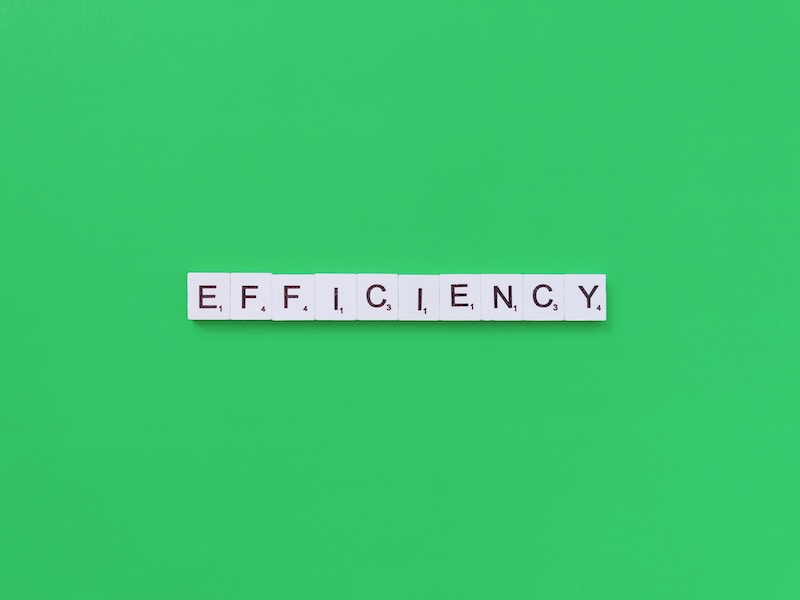Unlocking Success: The Essential Elements of a High-Converting Landing Page

Unlocking Success: The Essential Elements of a High-Converting Landing Page
In the digital marketing realm, a landing page is often the first impression a potential customer has of your brand. Crafting a successful landing page involves a blend of art and science, requiring a keen understanding of user behavior, design principles, and strategic content placement. This comprehensive guide delves into the essential elements that convert visitors into leads, offering practical examples, code snippets, and actionable takeaways to elevate your landing page game.
The Importance of a Well-Designed Landing Page
A landing page serves as a focused entry point for potential customers, designed with the singular goal of converting visitors into leads or sales. Unlike a homepage, which contains multiple calls-to-action (CTAs), a landing page is streamlined and targeted. According to a study by HubSpot, companies with 10 to 15 landing pages increase their leads by 55%. This statistic underscores the importance of optimizing each landing page to maximize its conversion potential.
Essential Elements of a Successful Landing Page
1. Clear and Compelling Headline
The headline is the first thing a visitor sees, and it needs to grab their attention immediately. A compelling headline clearly communicates the value proposition and aligns with the visitor's intent. It should be concise yet descriptive enough to convey the benefit of the offer.
Example:
<h1>Unlock Exclusive Insights with Our Free E-Book</h1>
2. Persuasive Subheadline
The subheadline complements the main headline by providing additional information or reinforcing the message. It serves to entice the reader further and encourage them to continue exploring the page.
Example:
<h2>
Discover proven strategies to enhance your marketing tactics and boost
conversions.
</h2>
3. Visually Appealing Design
A visually appealing design is crucial to keeping visitors engaged. This includes using a clean layout, eye-catching images, and a color scheme that aligns with your brand. Ensure that the design elements do not distract from the main objective of the page.
Code Snippet for Responsive Design:
body {
font-family: Arial, sans-serif;
margin: 0;
padding: 0;
display: flex;
flex-direction: column;
align-items: center;
background-color: #f4f4f9;
}
.container {
width: 80%;
max-width: 1200px;
margin: 20px auto;
padding: 20px;
background-color: #ffffff;
box-shadow: 0 0 10px rgba(0, 0, 0, 0.1);
}
4. Strong Call-to-Action (CTA)
The CTA is the most critical element of a landing page. It should be prominently displayed and compelling, urging the visitor to take the desired action. Use action-oriented language and make sure the CTA button stands out visually.
Example:
<a href="#" class="cta-button">Download Your Free E-Book Now</a>
CSS for CTA Button:
.cta-button {
display: inline-block;
padding: 10px 20px;
background-color: #007bff;
color: #ffffff;
text-decoration: none;
border-radius: 5px;
font-weight: bold;
}
.cta-button:hover {
background-color: #0056b3;
}
5. Trust Signals
Trust signals, such as testimonials, client logos, or security badges, reassure visitors about the credibility of your brand. These elements help reduce skepticism and increase the likelihood of conversion.
Example:
<div class="trust-signals">
<img src="trusted-logo1.png" alt="Trusted Brand 1" />
<img src="trusted-logo2.png" alt="Trusted Brand 2" />
<p>
"This e-book changed our marketing strategy completely!" - Happy
Customer
</p>
</div>
6. Concise and Engaging Copy
The copy should be concise, engaging, and focused on the benefits of the offer. Avoid jargon and ensure that every word serves a purpose. Use bullet points to highlight key features or benefits.
Example:
<ul>
<li>Learn the secrets of successful marketers</li>
<li>Boost your conversion rates effortlessly</li>
<li>Get access to exclusive industry insights</li>
</ul>
7. Mobile Optimization
With the increasing use of mobile devices, ensuring that your landing page is mobile-friendly is non-negotiable. A responsive design ensures that your page looks great on all devices, improving the user experience and increasing conversions.
Responsive Meta Tag:
<meta name="viewport" content="width=device-width, initial-scale=1.0" />
8. Load Speed
A fast-loading page is crucial for retaining visitors. According to research by Google, 53% of mobile users abandon a site that takes longer than three seconds to load. Optimize images, leverage browser caching, and minimize scripts to improve load times.
Example of Optimized Image Tag:
<img src="optimized-image.jpg" alt="E-Book Cover" loading="lazy" />
9. Form Design
If your landing page includes a form, make it as short as possible. Each additional field can decrease conversion rates. Only ask for essential information that you need to qualify leads.
Example Form:
<form action="/submit" method="post">
<label for="name">Name:</label>
<input type="text" id="name" name="name" required />
<label for="email">Email:</label>
<input type="email" id="email" name="email" required />
<button type="submit">Get Your Free E-Book</button>
</form>
10. A/B Testing
Continuous testing and optimization are key to improving your landing page's performance. A/B testing allows you to compare different versions of your page to see which one performs better. Test different headlines, images, CTA buttons, and layouts.
Actionable Takeaways
- Craft a Clear Value Proposition: Ensure your headline and subheadline clearly communicate the benefit of your offer.
- Prioritize Visual Hierarchy: Use visual elements strategically to guide the visitor's eye towards the CTA.
- Optimize for Speed and Mobile: Ensure fast load times and a responsive design to cater to all users.
- Utilize Trust Signals: Incorporate testimonials and badges to build credibility.
- Implement A/B Testing: Regularly test and optimize your landing page elements for better performance.
Conclusion
Creating a successful landing page is an ongoing process that involves understanding your audience, crafting compelling content, and continually optimizing based on performance data. By focusing on these essential elements and implementing best practices, you can enhance your landing page's effectiveness and drive higher conversion rates.
Next Steps
- Audit your existing landing pages to identify areas for improvement based on the elements discussed.
- Develop a testing plan to systematically test different elements of your landing pages.
- Stay updated with the latest trends and technologies in landing page design to ensure your pages remain competitive.
By taking these steps, you'll be well on your way to creating landing pages that not only capture attention but also convert visitors into loyal customers.